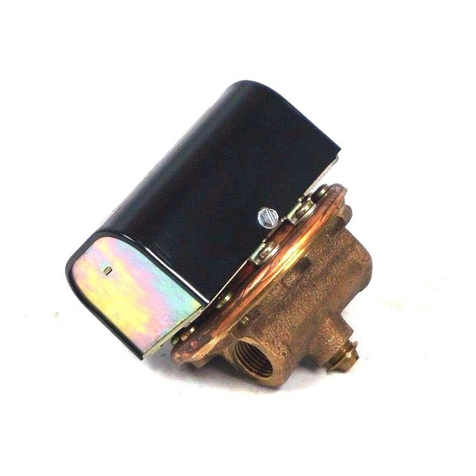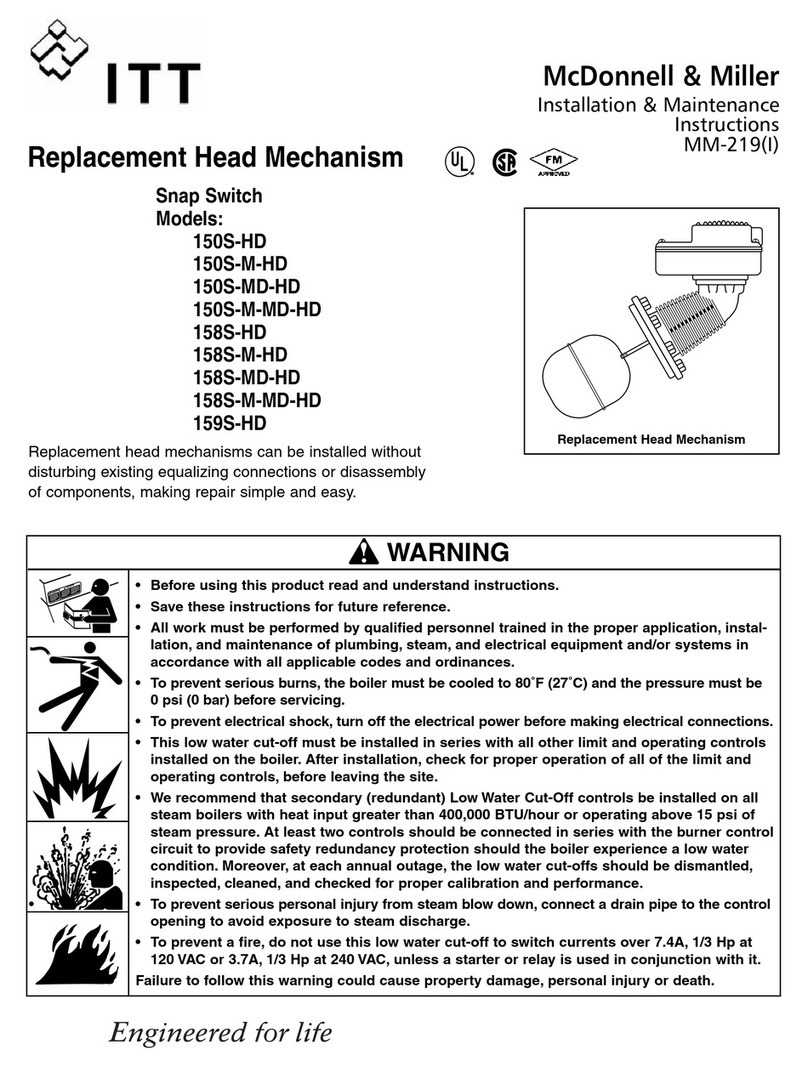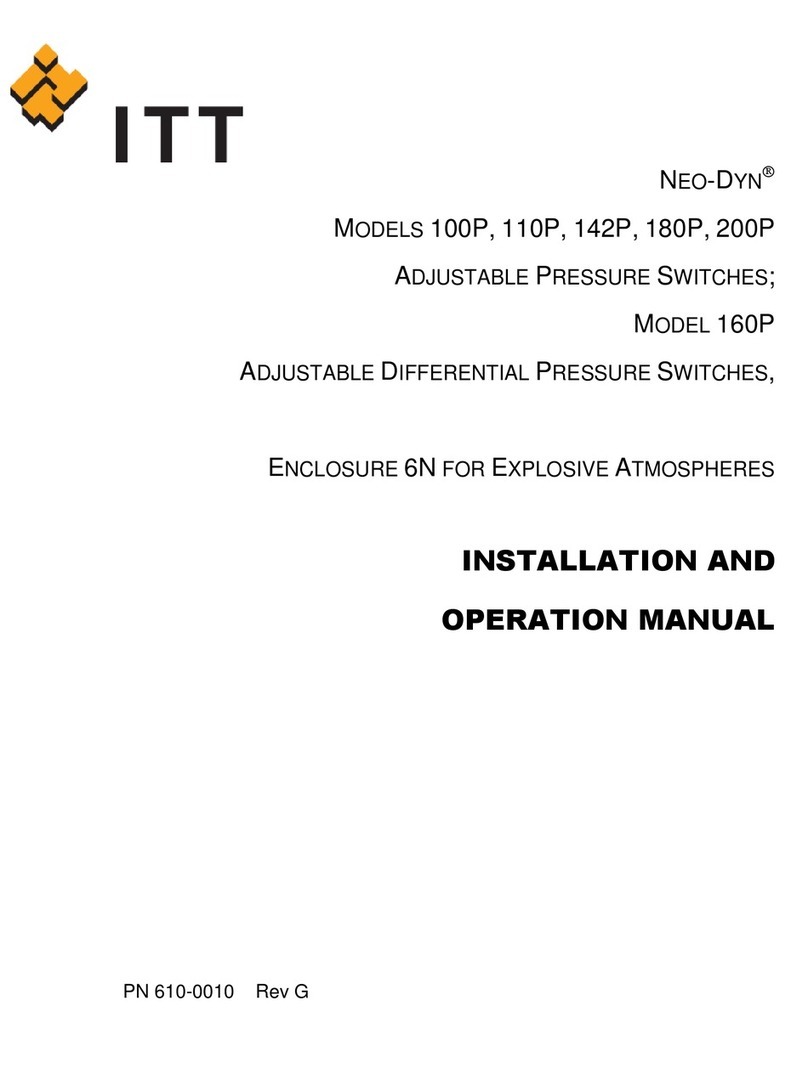ITT McDonnell & Miller FS8-W Series Maintenance and service guide
Other ITT Switch manuals
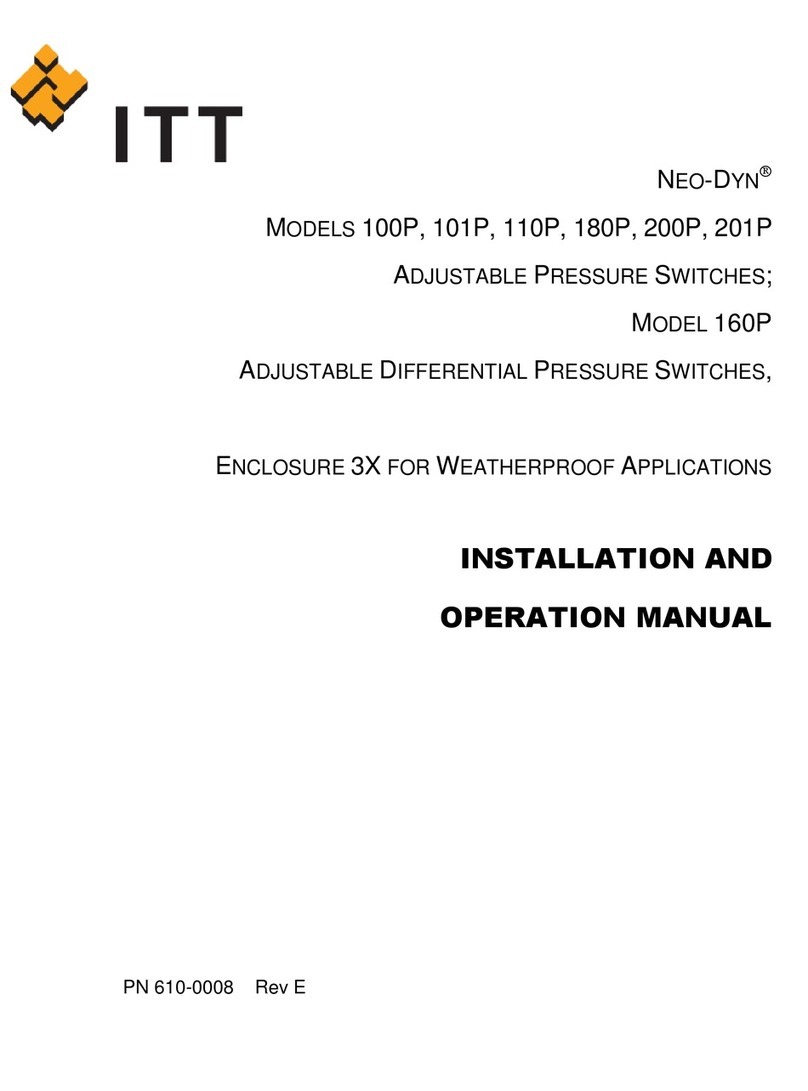
ITT
ITT neo-dyn 100p User manual
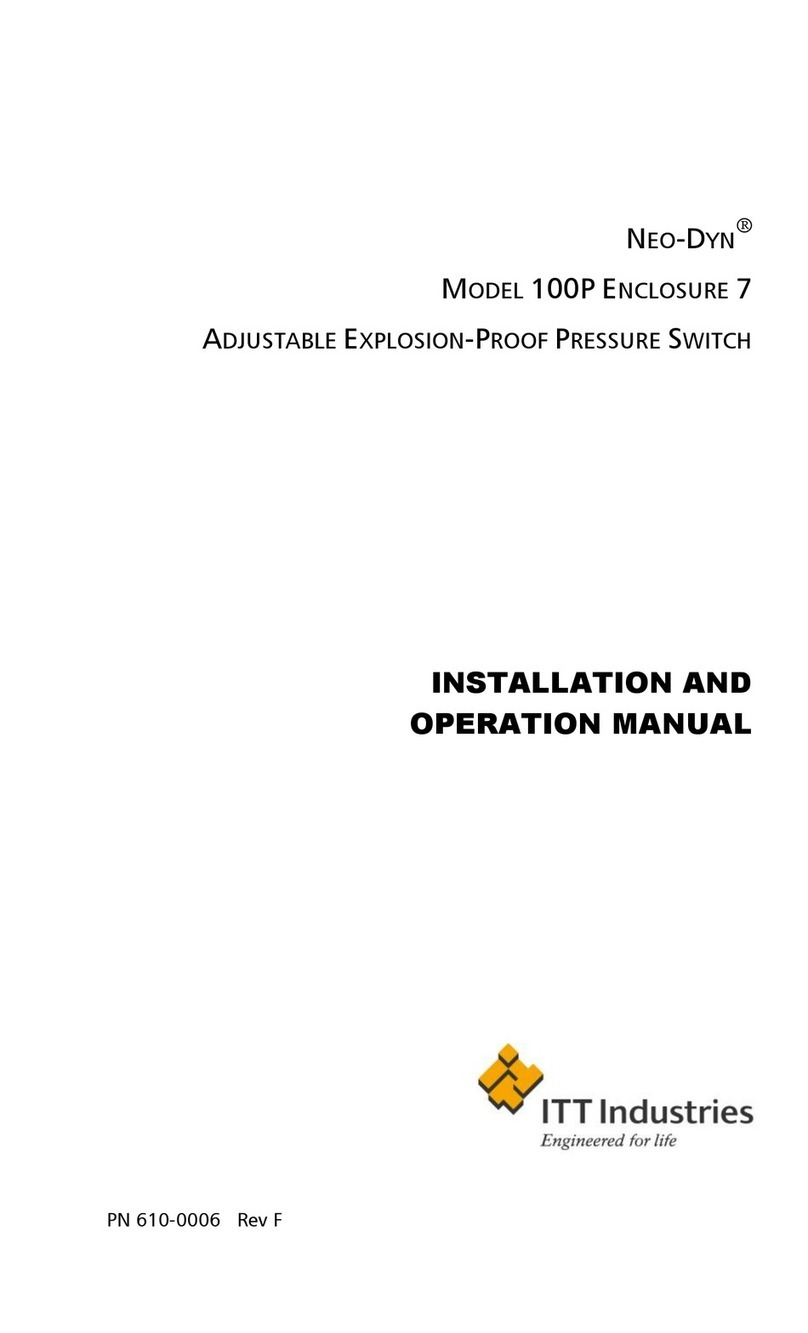
ITT
ITT NEO-DYN 100P ENCLOSURE 7 User manual
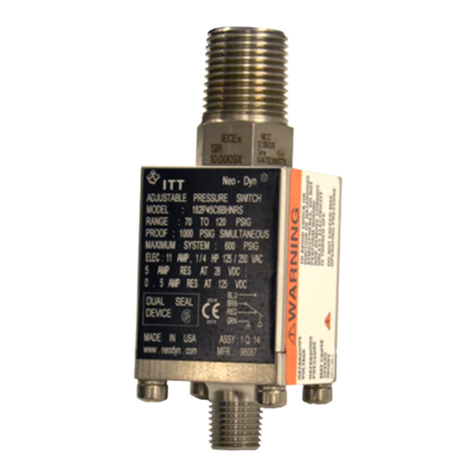
ITT
ITT NEO-DYN 182P User manual
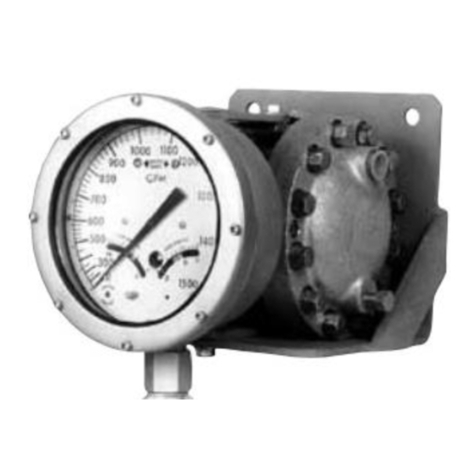
ITT
ITT BARTON 581A User manual
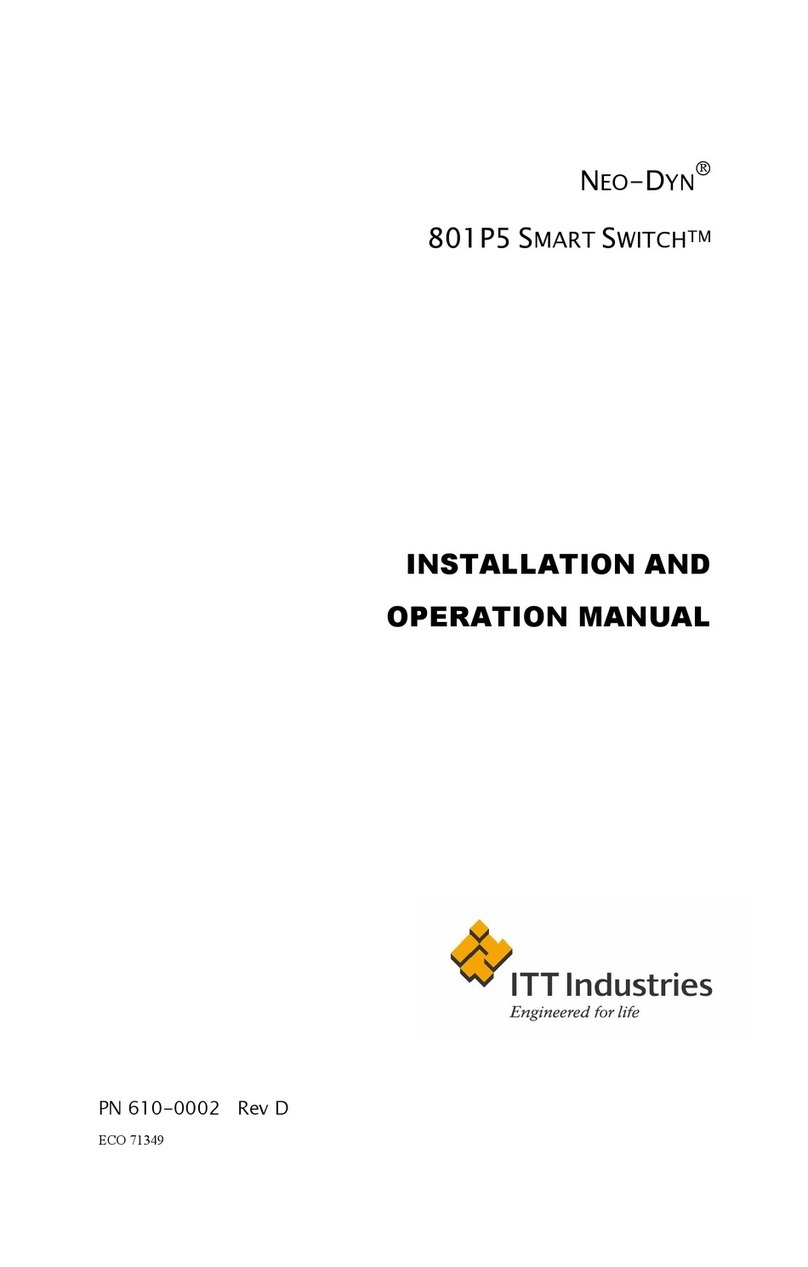
ITT
ITT Neo-Dyn 801P5 User manual
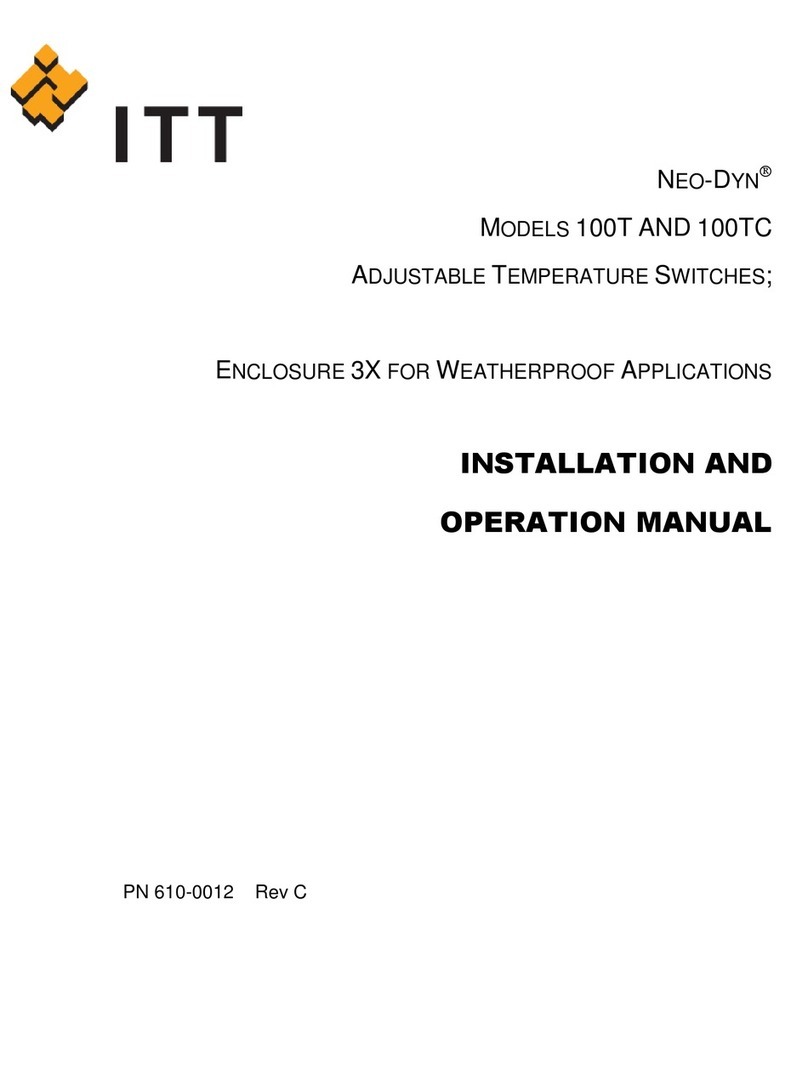
ITT
ITT NEO-DYN 100T User manual
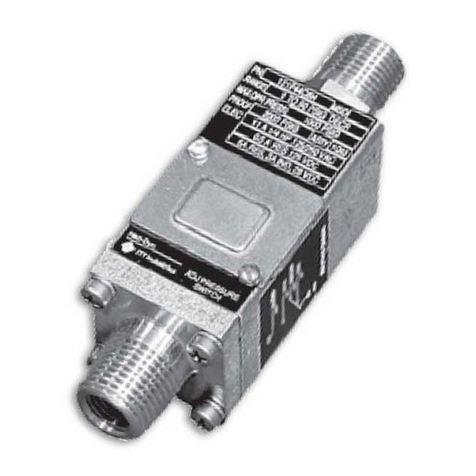
ITT
ITT NEO-DYN 122P Owner's manual
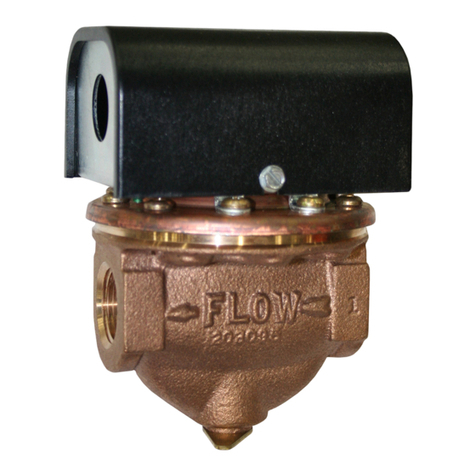
ITT
ITT McDonnell & Miller FS-6 Series Installation and operating instructions
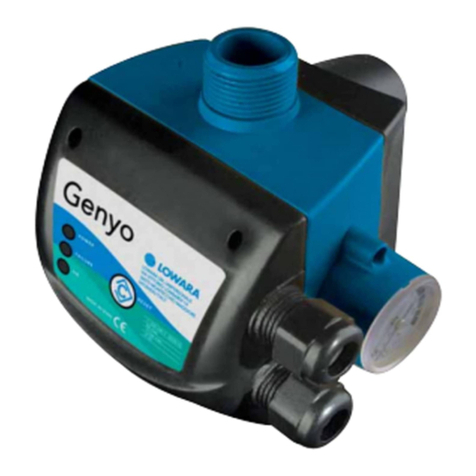
ITT
ITT Lowara GENYO 8A / FLOW User manual
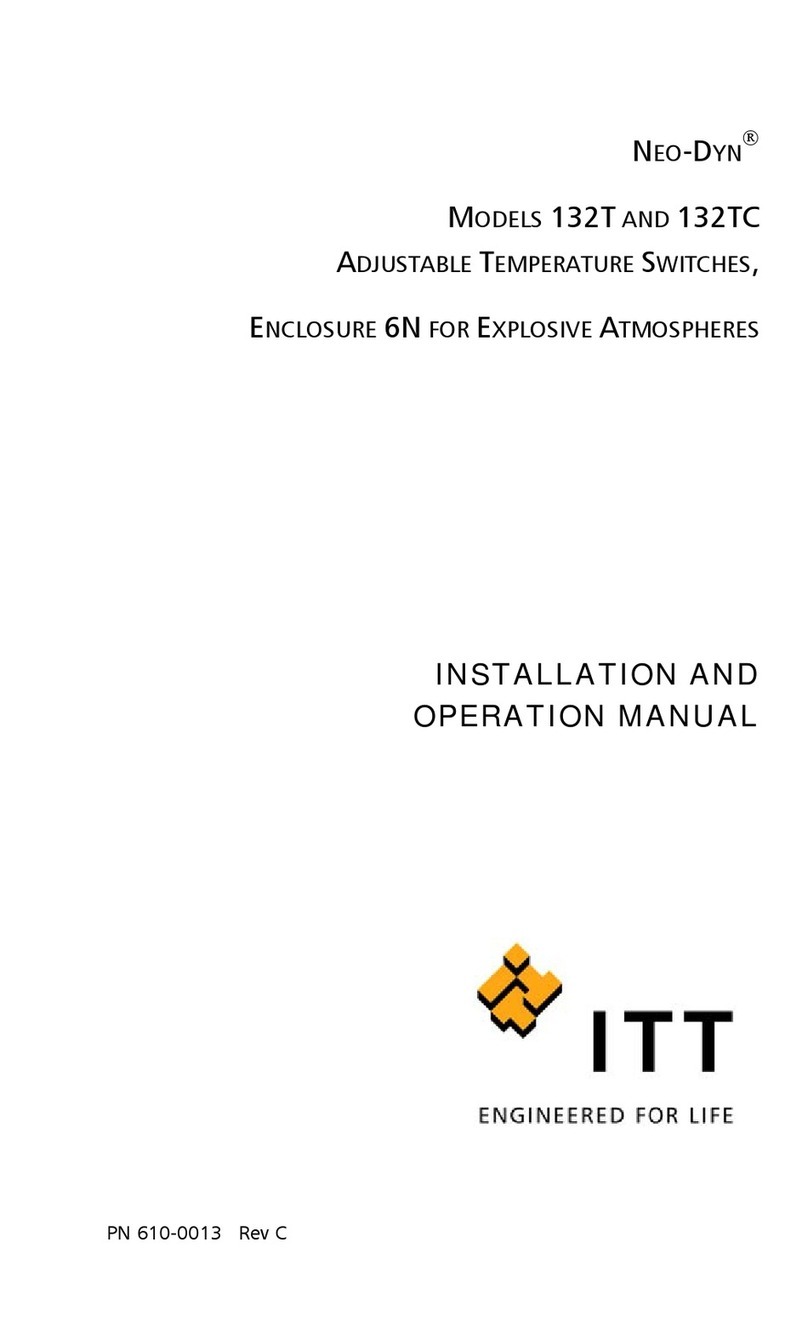
ITT
ITT NEO-DYN 132T User manual
Popular Switch manuals by other brands

SMC Networks
SMC Networks SMC6224M Technical specifications

Aeotec
Aeotec ZWA003-S operating manual

TRENDnet
TRENDnet TK-209i Quick installation guide

Planet
Planet FGSW-2022VHP user manual

Avocent
Avocent AutoView 2000 AV2000BC AV2000BC Installer/user guide

Moxa Technologies
Moxa Technologies PT-7728 Series user manual

Intos Electronic
Intos Electronic inLine 35392I operating instructions

Cisco
Cisco Catalyst 3560-X-24T Technical specifications

Asante
Asante IntraCore IC3648 Specifications

Siemens
Siemens SIRIUS 3SE7310-1AE Series Original operating instructions

Edge-Core
Edge-Core DCS520 quick start guide

RGBLE
RGBLE S00203 user manual

